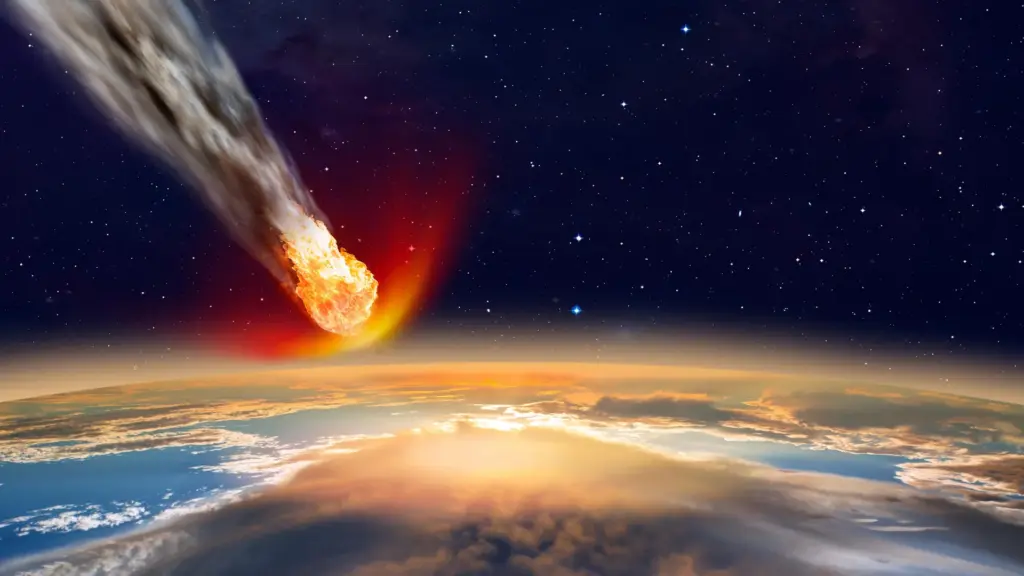
A team of scientists has unearthed a new chapter in Earth’s history, revealing the aftermath of a colossal asteroid impact through the discovery of rare natural glass fragments in South Australia. These glass pieces, known as tektites, are formed when a meteorite strikes the Earth with enough force to melt the surface and send molten material flying over vast distances.
The discovery, which highlights a previously unknown impact event, has been made by examining these tektites, which are unique to Australia. Despite the significant impact implied by the findings, the crater itself remains elusive, posing a tantalizing mystery for researchers.
The Significance of Tektites
Professor Fred Jourdan from Curtin’s School of Earth and Planetary Sciences likened the discovery to uncovering a new chapter in Earth’s turbulent past. He emphasized the uniqueness of these tektites and their role as historical markers.
“These glasses are unique to Australia and have recorded an ancient impact event we did not even know about,” Professor Jourdan stated. “They formed when an asteroid slammed into Earth, melting surface rock and scattering debris for thousands of kilometers. These tiny pieces of glass are like little time capsules from deep in our planet’s history.”
What makes the discovery even more intriguing is that, although the impact must have been immense, scientists have yet to locate the crater. This missing link continues to puzzle researchers, as understanding the frequency and magnitude of past impacts is crucial for assessing future risks and enhancing planetary defense strategies.
A New Chapter in Earth’s History
Lead author Anna Musolino, a PhD student at Aix-Marseille University, highlighted the distinctiveness of these tektites compared to previously known ones. She noted their unusual chemistry and age, estimated to be about 11 million years.
“These tektites are unique because of their unusual chemistry and their age, which is about 11 million years,” Musolino explained. “They record a completely separate impact event from the famous Australasian tektite-strewn field.”
The Australasian tektites, formed approximately 780,000 years ago, are spread across half the globe, making the discovery of these much older tektites significant. It suggests a previously unrecognized giant impact that has remained hidden until now.
Implications for Future Research
The study is part of a larger research project led by Emeritus Professor Pierre Rochette from Aix-Marseille University. It underscores not only the destructive power of past impacts but also the importance of studying them to better understand Earth’s geological history and potential future threats.
The full research paper, titled ‘A new tektite strewn field in Australia ejected from a volcanic arc impact crater 11 Myr ago,’ has been published in the journal Earth and Planetary Science Letters. This research opens new avenues for exploration and understanding of Earth’s past, urging scientists to continue the search for the missing crater and further investigate the implications of such ancient impacts.
As researchers delve deeper into this discovery, the scientific community remains eager to uncover more about the Earth’s dynamic history and the forces that have shaped it. The missing crater, a silent witness to a cataclysmic event, continues to beckon scientists to solve its mystery.





